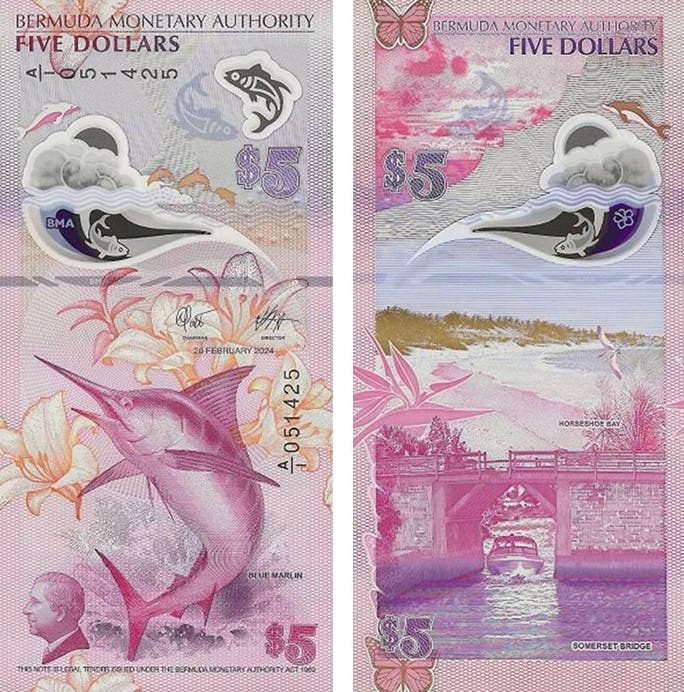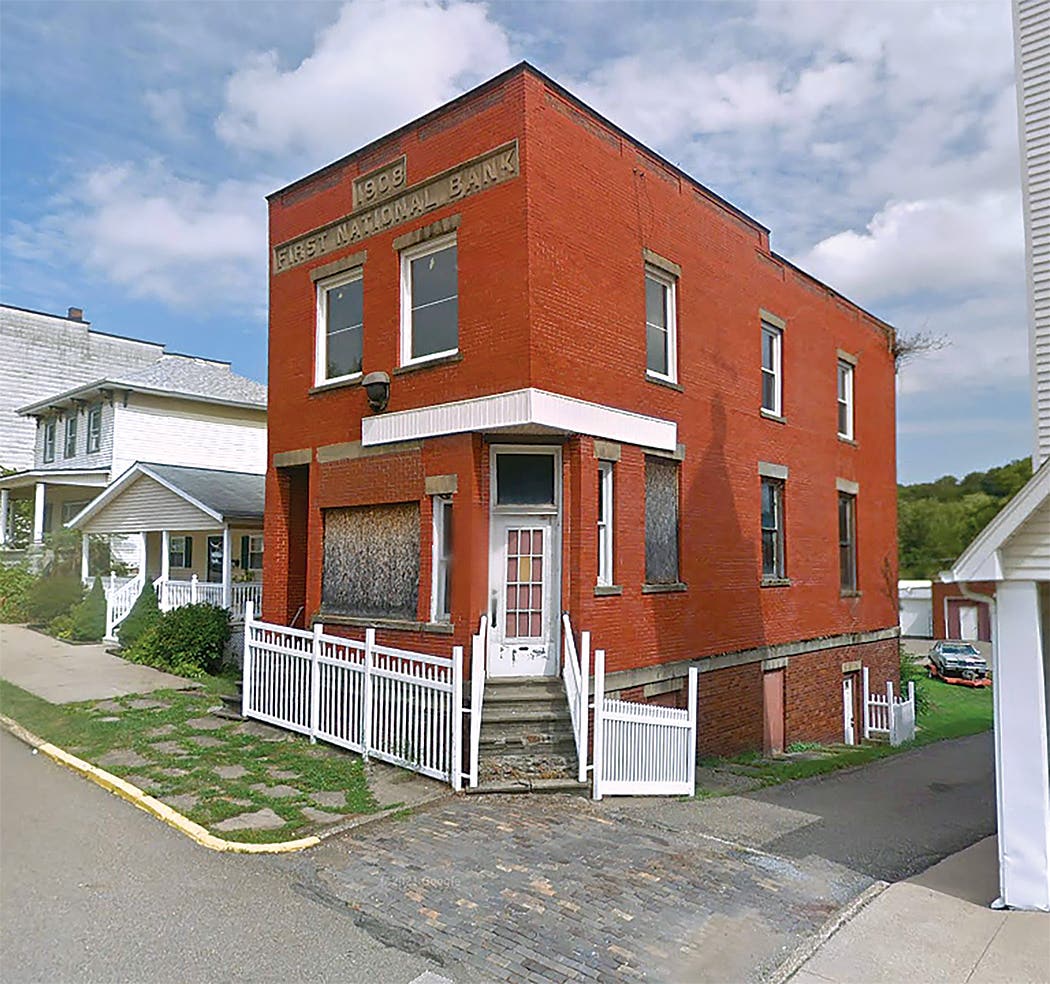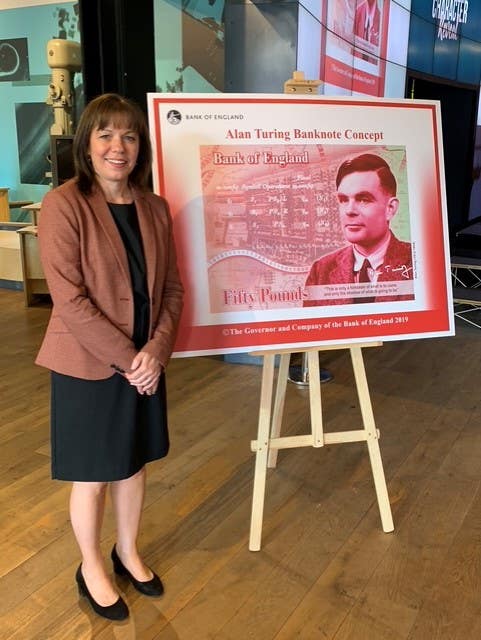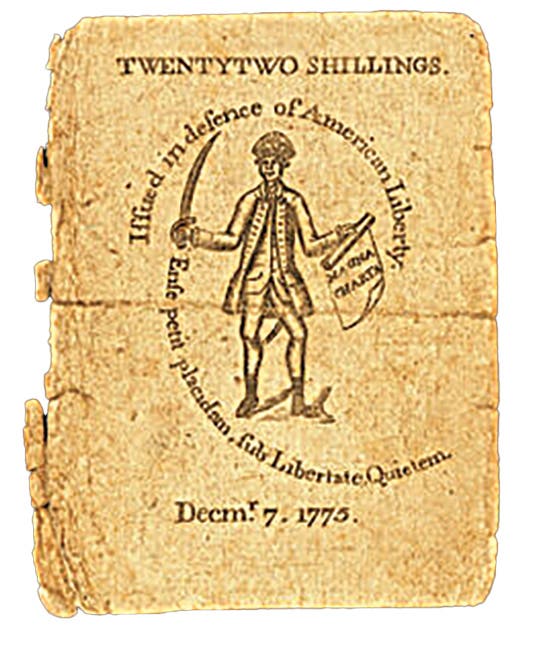Ending the Year in Pulaski, N.Y.
Well, friends and readers, another year has come to an end. I am glad to say that it appears the COVID-19 pandemic is more or less over, though I continue…
Well, friends and readers, another year has come to an end. I am glad to say that it appears the COVID-19 pandemic is more or less over, though I continue to see many people wearing masks – surprisingly, some alone in their cars and others walking around outside. It seems to me that 2022 has been a difficult year for many – not the least because of the end of the bull market in stocks and the advent of serious inflationary pressures on the economy, as well as the strife going on in Ukraine and the continued serious divisions in our own political spectrum. Fortunately, we still have the diversion of national bank note collecting, our passionate hobby that diverts us from many of our quotidian problems.
I recently added a fun note to my collection, which led me invariably to investigate its hometown, so for this last month of 2022, let’s journey to upstate New York and check out the small town of Pulaski.
Pulaski, N.Y., though officially described as a “village,” is a fairly substantial small town of 2,400 residents located in Oswego County, in the northwestern part of the state just 10 miles east of Lake Ontario. Pulaski is easily accessible as it lies on Interstate 81, 38 miles north of Syracuse and 32 miles south of Watertown.
The town that is now Pulaski was settled circa 1804 and was originally known as Fishville as it sits on the banks of the Salmon River. In 1820, it was officially named Pulaski after Polish Count Casimir Pulaski, a hero of the American War of Independence and aide to General George Washington. The town was incorporated in April of 1832 under that name. The town enjoyed prosperity during the 19th Century as the seat of government for eastern Oswego County and as a center for the farming and lumber industries. Lumber mills in the district were powered by water from the Salmon River.
The Pulaski Village Historic District, which makes up the central part of the town, is architecturally and historically significant as one of the most intact collections of nineteenth and early twentieth century residential and commercial buildings in northern New York. The boundaries of the historic district almost exactly correspond to the original local militia drill field of 1810. Within this area are parks, residences, churches, civic buildings and commercial structures constructed between 1819 and 1920. The district is especially significant for its high concentration of Italianate style design.
A few miles to the west of Pulaski at the mouth of the Salmon River sits the Selkirk Lighthouse. In the 1830s, the government engineers determined that the mouth had sufficient depth that it could harbor thirty ships. So, in August 1838 the lighthouse was inaugurated. The lamp originally ran on whale oil. Due to the lack of importance of the harbor it was deactivated in 1858. It was placed on the National Register of Historic Places in 1979.
In the early hours of Oct. 6, 1881, a fire started in a bakery in the back of the M.L. Hollis store. In just over three hours the whole business portion of Pulaski was destroyed; it took so little time to destroy such a large area because most of the buildings were built of wood and the fire station facilities were inadequate to hold the fire in check. The great fire of 1881 destroyed nearly the entire central portion of the district. Within a year, however, the merchants rebuilt their businesses in varied designs but predominantly in the Italianate and Queen Anne styles. Today, this is evident in the remarkably intact and cohesive collection of commercial buildings which survive on Jefferson Street. Among these buildings, one can find excellent examples of craftsmanship in the corbelled brick cornices, cast-iron lintels, and a few original storefronts.
One of the buildings destroyed in the Fire of 1881 was the Pulaski National Bank, which had opened for business under Charter #1496 in July of 1865. In 1882, the bank hired Archimedes Russell to design a new structure. Russell was a prominent regional architect who practiced from 1862 until 1915 and whose designs have been identified in at least thirteen counties of upstate New York. For the bank, constructed of red brick with marble trim, Russell combined Queen Anne and High Victorian details to produce a distinctive eclectic design. The later (1892) Masonic Temple, adjacent to the bank and also designed by Russell, exhibits three triple windows on the first-floor level, three Romanesque windows on the second floor, and a pair of circular windows surrounded by a curved drip molding on the third.
The Pulaski National Bank was a very long-lived institution, issuing a variety of large size notes including Original Series, 1875, Series of 1882 Brown Backs and Series of 1902 Red Seals and Blue Seals in both Date and Plain Back types. The original officers were Charles A. Clark, president, and James A. Clark, cashier. The Clark family controlled the bank, and every officer was a Clark from 1865 until the bank was closed by the receiver in July of 1932. Surprisingly, given its operational life of 67 years, it only issued a paltry $514,000 in currency. Broken down, this amounts to around $7,500 per year – a very small circulation. Just $2,111 was reported outstanding at the close in 1932.
Not surprising is the fact that very few notes are reported from this bank. When I spied a Series of 1902 Plain Back $20 note on eBay recently, I was taken aback, as I had never heard of Pulaski, N.Y., and as you can imagine I am pretty well-versed in towns that had national banks. I was intrigued that only six notes were reported, and that figure had not changed in some time. Additionally, only two of those notes were Series of 1902 – one Red Seal, and one Blue Seal – the same Blue Seal that was listed on eBay, and the same Blue Seal that had been sold by Heritage at auction twice previously over the years. It was now being offered at a fraction of what it had last brought at auction. I saw this as a real sleeper rarity and snapped it up.
Today, Pulaski is a tourist location, mainly for the fantastic fishing on the Salmon River when the salmon return to the river each fall for the salmon run. Pulaski is also located on an extensive snowmobile trail system which connects to other trail systems throughout central and northern New York. This results in a growing amount of winter tourism as the trail system grows in reputation; this is helped by the reliable snowfall in the area, particularly throughout the Tug Hill region. Summer tourism is also strong in the Pulaski area because of its proximity to Lake Ontario and the numerous seasonal activities which include white water rafting, residences, parks, and resorts where thousands of people camp every year.
Readers may address questions or comments about this article or national banknotes in general to Mark Hotz directly by email at markbhotz@gmail.com.








